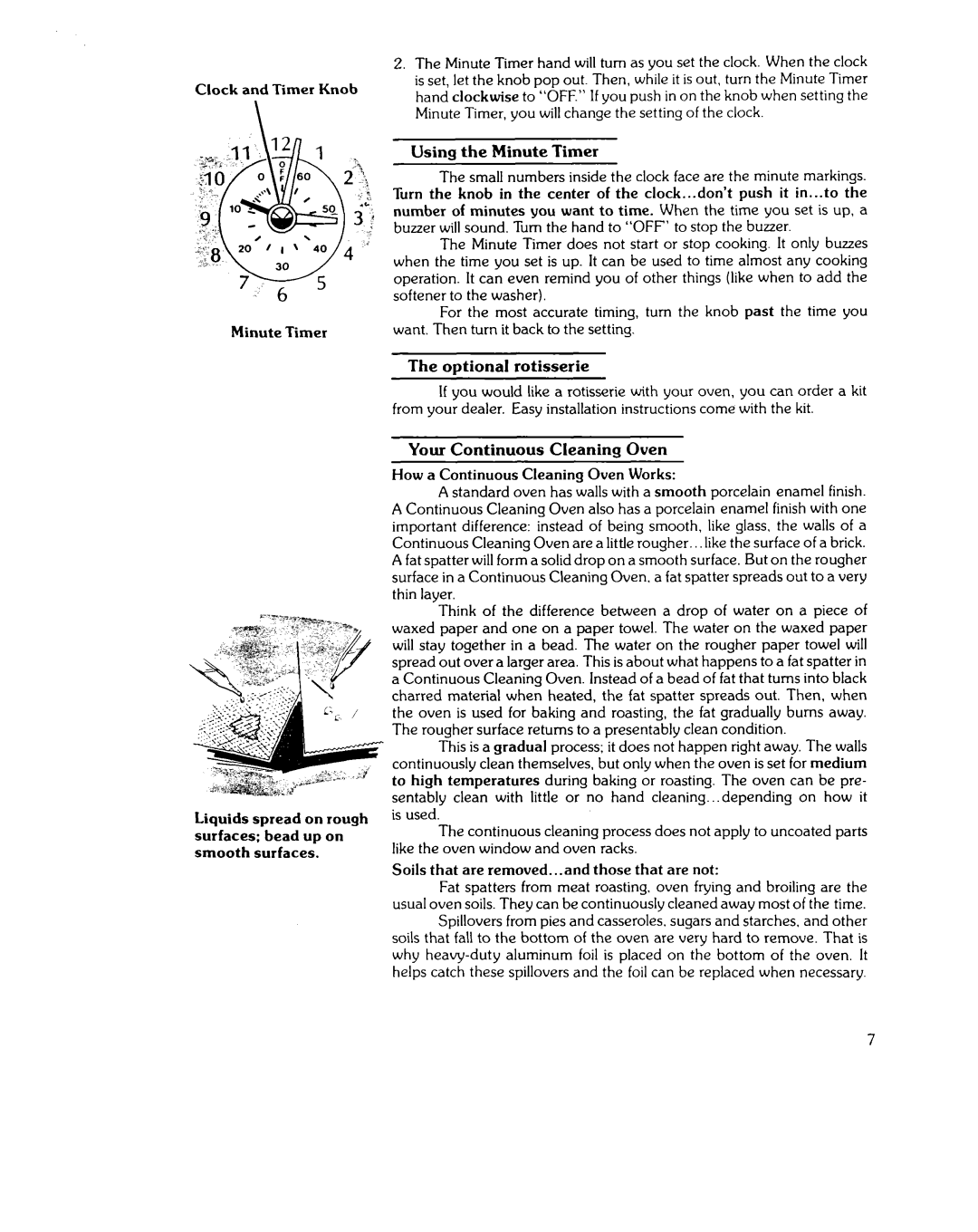RJE-3300 specifications
The Whirlpool RJE-3300 is a standout appliance that combines functionality and modern technology, tailored for consumers seeking efficient refrigeration solutions. This refrigerator is designed not only to meet the practical demands of daily food storage but also to enhance the aesthetic appeal of any kitchen.One of the most notable features of the Whirlpool RJE-3300 is its energy efficiency. With a focus on reducing energy consumption, this model adheres to stringent energy standards. It operates quietly while optimizing performance, allowing households to save on electricity bills without compromising on refrigeration quality.
The appliance boasts an advanced cooling system that ensures consistent temperatures throughout its compartments. This technology helps maintain the freshness of produce and extends the shelf life of perishables by minimizing temperature fluctuations. The unit also incorporates an intelligent temperature control system, offering users the ability to adjust the cooling settings based on their preferences or specific storage needs.
In terms of design, the Whirlpool RJE-3300 features a spacious interior layout. The adaptable shelving system allows for easy customization, accommodating items of various sizes and shapes. The adjustable shelves and door bins optimize storage space and make accessing food quick and convenient. The interior lighting is strategically placed, ensuring that every corner of the fridge is well-lit, which helps users easily locate ingredients.
Another impressive characteristic is the unit’s humidity-controlled crisper drawers. These specialized drawers maintain optimal humidity levels for fruits and vegetables, preventing spoilage and keeping produce fresher for longer periods. Additionally, the refrigerator is equipped with a dedicated dairy compartment that keeps dairy products at the right temperature to avoid spoilage.
The Whirlpool RJE-3300 also focuses on user convenience. Features include easy-to-use controls, a reversible door for versatile installation, and a fingerprint-resistant finish that reduces smudges. This makes it easier for homeowners to maintain the appliance’s appearance, contributing to a tidy kitchen environment.
In conclusion, the Whirlpool RJE-3300 is a meticulously designed refrigerator that stands out with its energy efficiency, innovative cooling technologies, spacious layout, and user-friendly features. Whether enhancing a modern kitchen or serving a larger family’s needs, this model perfectly balances performance and style, making it an excellent choice for contemporary households.

